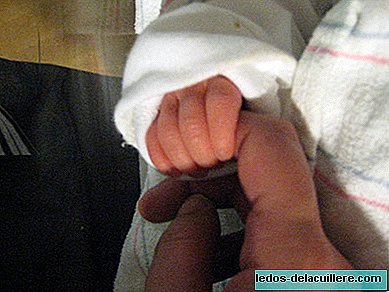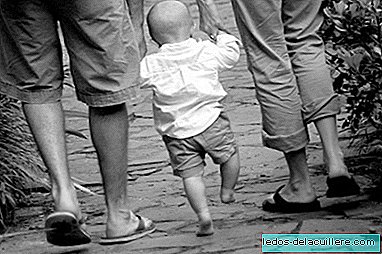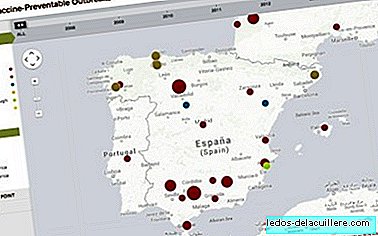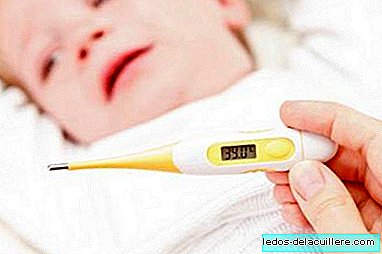
Child registration at birth implies recognition as a person before the law, and helps safeguard rights such as inheritance, land ownership and voting. However, according to a report just submitted by UNICEF, the births of about 230 million children under five have never been registered; that is, the equivalent of one in three minors of that age bracket.
On the 67th anniversary of this organization, we are reminded that the Birth Registry is key to guarantee that children are not forgotten, that they are not denied their rights, or that they do not stay in line with the progress of their countries.
The name of the report is 'The right of birth of all children: inequalities and trends in birth registration', and a statistical analysis of 161 countries is shown. Last year worldwide, only about 60% of all babies born were registered at birth. There are differences between the different regions of the world, and the lowest levels of records occur in South Asia and sub-Saharan Africa.
Children who do not register at birth or who do not have documents that identify them are often excluded from access to education, health and social security. If children are separated from their families by a natural catastrophe, conflict or as a result of exploitation, reuniting them with their parents is more difficult due to the absence of official documentation.
Birth registration and birth certificate are vital to allow a child to develop their full potential. All children are born with enormous potential. But if societies fail to count on them, and they don't even recognize that they are there, they are more vulnerable to neglect and abuse. Inevitably, its potential will be severely diminished
The birth record, as a essential component of a country's civil registryIt also strengthens the quality of statistics, helping government planning and efficiency.
The Birth Registry: essential for child welfare and community development
According to UNICEF, unregistered births are a symptom of the inequities and disparities of a society. The children most affected by these inequities they include children of certain ethnic groups and religious groups, children living in rural or remote areas, children from poor households or children with mothers who have not been able to enjoy formal training.
UNICEF uses innovative approaches to support governments and communities to strengthen their civil registration systems and from birth. In Kosovo, for example, the UNICEF Innovation Laboratory has developed an efficient, effective and low-cost way to identify and report unregistered births, based on the RapidSMS mobile platform.
Another such solution has been implemented in Uganda, where the government, with support from UNICEF and the private sector, is launching a solution called MobileVRS that uses mobile technology to complete birth registration procedures in a few minutes, a process It usually takes months.
At the same time that the report has been submitted, UNICEF has just launched A Passport to protection: A guide to birth registration programs; is about manual aimed at those who work in the birth register, providing information, general principles and a guide for programming.
The 10 countries with the lowest levels in the birth record are: Somalia (3%), Liberia (4%), Ethiopia (7%), Zambia (14%), Chad (16%), United Republic of Tanzania ( 16%), Yemen (17%), Guinea-Bissau (24%), Pakistan (27%) and Democratic Republic of Congo (28%)
It happens sometimes that Even when children are registered, many do not have a registration certificate. In eastern and southern Africa, for example, only half of registered children have a birth certificate. Worldwide, 1 in 7 registered children does not have a birth certificate. In some countries, this is due to the high price of fees. In other countries, birth certificates are not issued and families have no proof of registration.
Images | acme401, UNICEF More information | UNICEF, Full Report on Peques and More | The challenge of ending the avoidable deaths of children












